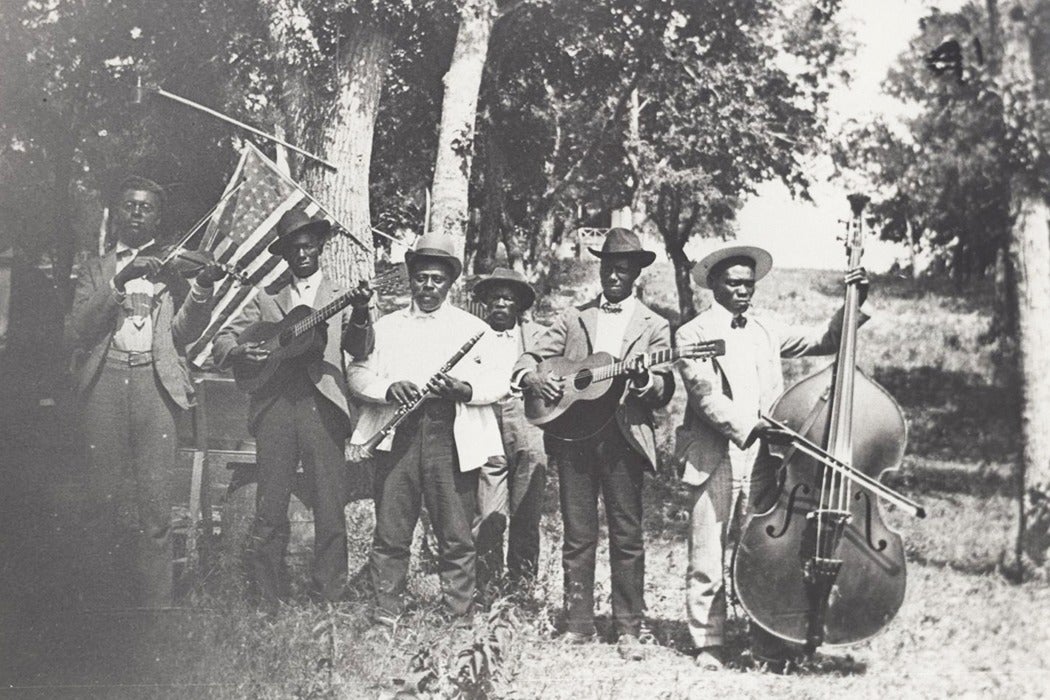June 19 marks the celebration of the holiday known as Juneteenth and few places will celebrate with more gusto than Galveston, Texas, where it all began.
The history of this celebration begins on January 1, 1863, when Abraham Lincoln issued the Emancipation Proclamation, outlawing slavery in the states that had seceded and immediately freeing about 50,000 enslaved African Americans. According to the tradition of Juneteenth, news of the proclamation didn’t reach some enslaved people in Texas for another two and a half years.
This was partially due to intentional prevarication on the part of state governments, as well as slave-holding individuals. Multiple lawsuits cropped up in Texas between 1863 and 1865 that challenged the Proclamation and attempted to gain some kind of financial compensation from the government for the loss of revenue from the slave trade, even after it was made illegal. The situation wasn’t as clear cut as it seems: General Robert E. Lee may have surrendered, but the Army of the Trans-Mississippi and other rebels kept fighting, and many slaveowners simply refused to let their slaves free.
Finally, on June 19th, 1865, Major General Gordon Granger arrived at Galveston to proclaim the freedom of all slaves in the Lone Star State. His General Order Number 3 begins: “The people of Texas are informed that, in accordance with a proclamation from the Executive of the United States, all slaves are free.” (The entire text can be found here.)
But, as Henry Louis Gates, Jr., notes:
When Texas fell and Granger dispatched his now famous order No. 3, it wasn’t exactly instant magic for most of the Lone Star State’s 250,000 slaves. On plantations, masters had to decide when and how to announce the news—or wait for a government agent to arrive—and it was not uncommon for them to delay until after the harvest. Even in Galveston city, the ex-Confederate mayor flouted the Army by forcing the freed people back to work.
Justice prevailed, however, and one of the first African American communities to formally celebrate their freedom was in Galveston, Texas. Galveston was also likely the site of the first public reading of the proclamation in the South, as well as the first community to celebrate the holiday now known as Juneteenth, so named for the date of the reading of Granger’s General Order No. 3.
Gates points out that taking ownership of the holiday was in itself a revolutionary move for the former slaves: “In one of the most inspiring grassroots efforts of the post-Civil War period, they transformed June 19 from a day of unheeded military orders into their own annual rite, ‘Juneteenth,’ beginning one year later in 1866.” Juneteenth celebrations declined by the early 1900s, but then saw a rise in popularity again in the 1960s with onset of the Civil Rights Movement. It became an official state holiday in Texas on January 1, 1980.
Weekly Digest
As you can imagine, Galveston, where the holiday began, puts on one of the biggest celebrations to this day. Held every year on June 19th, the celebration culminates with a commemorative reading of the Emancipation Proclamation, followed by a prayer breakfast at Ashton Villa, a notable historic home built in Galveston in 1859. And the holiday continues to be celebrated by the African American community across the country.
Editor’s note: This article lede was updated to make the story evergreen.







